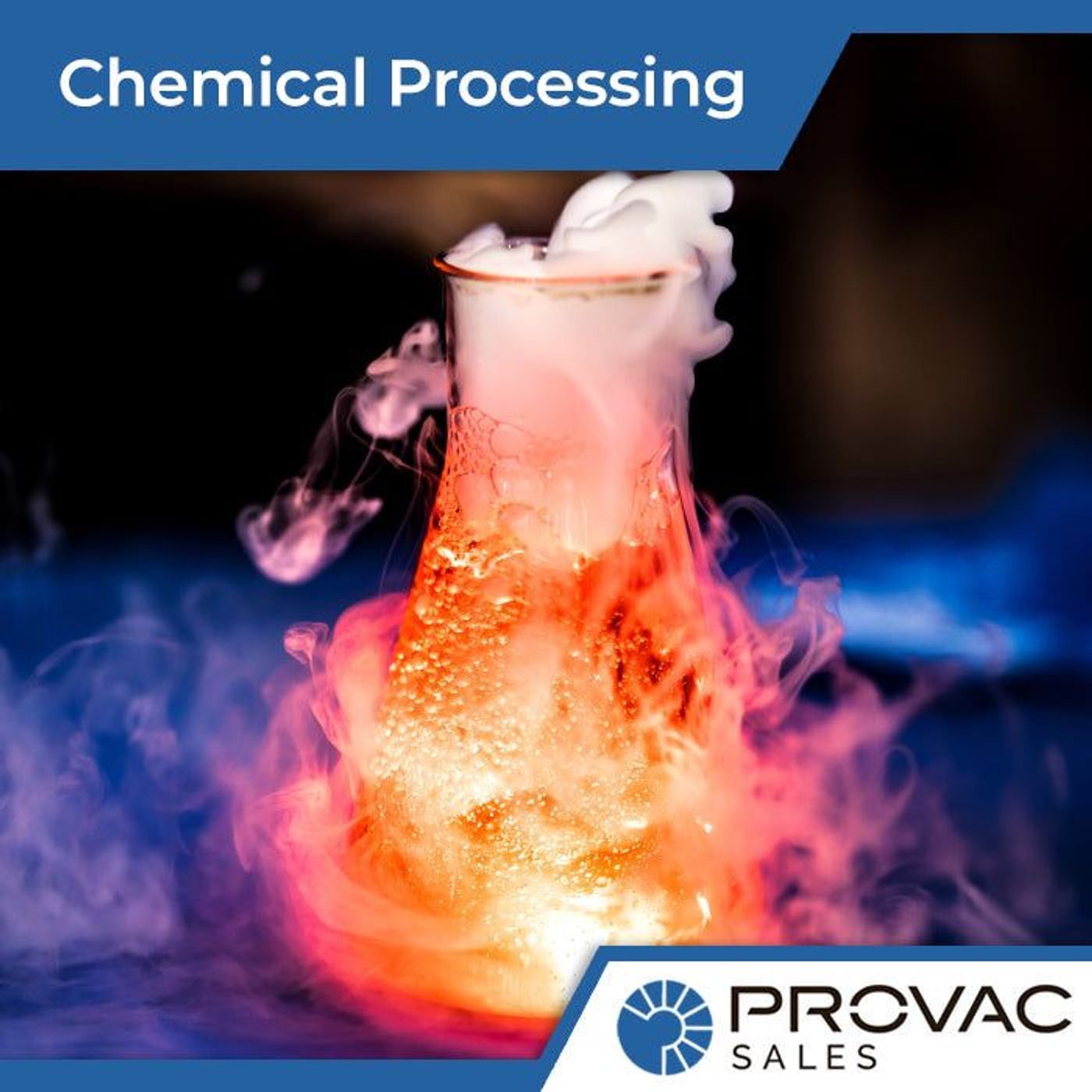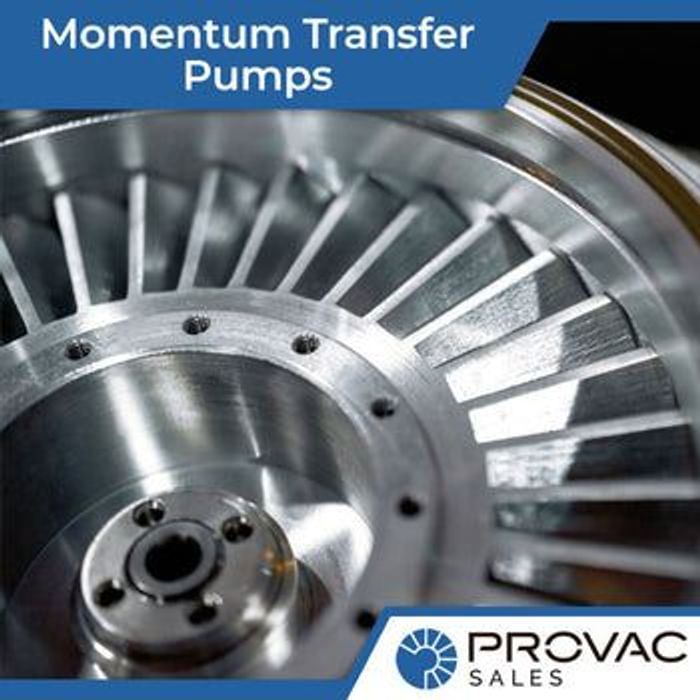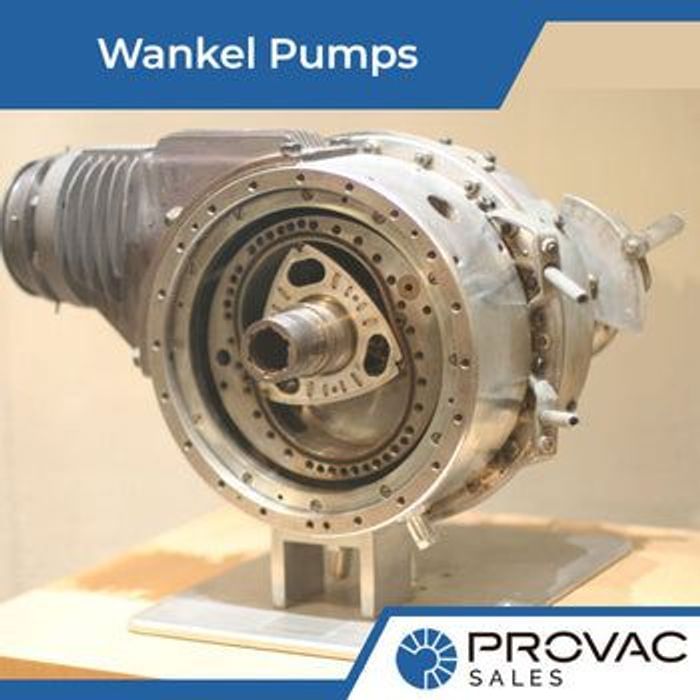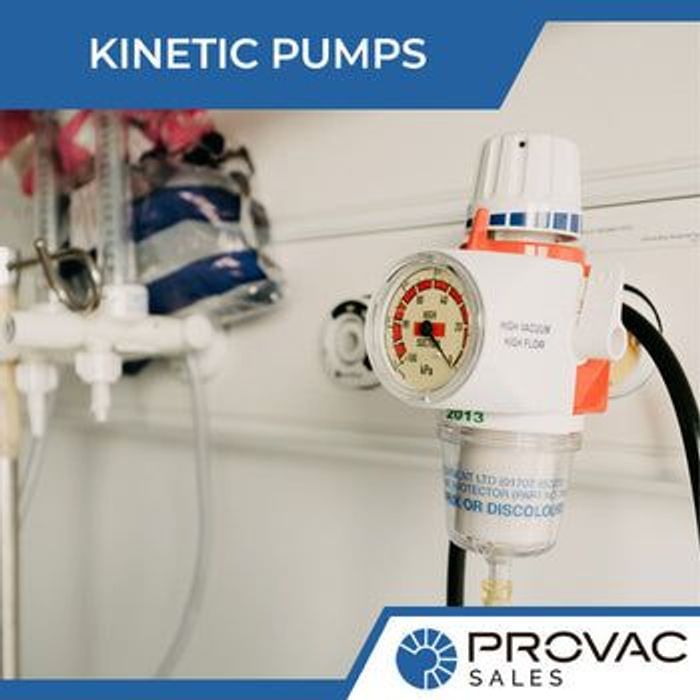In any chemical process, it is important to remove unwanted gases and vapors from the system in order to avoid chemical reactions that can produce hazardous products. Vacuum pumps are an essential tool for accomplishing this task. By creating a vacuum, they help to remove air and other gases from the system, reducing the risk of unwanted reactions. Additionally, vacuum pumps can be used to control the pressure within a system, which is another important factor in preventing dangerous chemical reactions. As a result, vacuum pumps play a vital role in many different types of chemical processing applications.
Technology behind vacuum pumps in chemical processing
In order to understand the role of vacuum pumps in chemical processing, it is first necessary to understand what a vacuum is. A vacuum is simply an environment devoid of matter. When most people think of a vacuum, they envision the empty space between planets or stars. However, a vacuum can also exist on Earth. For example, when you suck the air out of a straw, you create a small pocket of vacuum. Similarly, when you use a pump to remove air from a container, you are also creating a vacuum. So how do vacuum pumps work?
Essentially, they work by using a piston or other mechanism to remove air from an enclosed space. As the air is removed, the pressure inside the space decreases. This decrease in pressure can then be used to drive chemical reactions or other processes. In many cases, the vacuum created by a pump can be used to speed up reactions or improve yields. As such, these devices play an important role in chemical processing and other industries.
Types of vacuum pumps used in chemical processing
There are three types of vacuum pumps that are mostly used in chemical processing; dry screw pumps, liquid ring pumps, and oil-lubricated rotary vane pumps.
1. Dry screw vacuum pump
A dry screw pump is a type of positive displacement pump that uses two screws to compress and capture gas molecules. The meshing of the screws helps to create a chamber that traps the molecules, which are then transported to the outlet port. Dry screw vacuum pumps are often used in chemical processing, as they can handle corrosive gases, such as sulfur dioxide, nitrogen dioxide, ammonia, hydrogen chloride, and many more without damage. In addition, they are very efficient at pumping large volumes of gas, making them ideal for use in large-scale operations. While dry screw vacuum pumps are more expensive than other types of pumps, their durability and versatility make them an essential tool in many industries.
2. Liquid ring vacuum pumps
A liquid ring vacuum pump is a mechanical device that uses a rotating impeller to create a vacuum. It typically consists of an inner and an outer volute, with the inner volute containing a series of blades that are connected to a central shaft. The outer volute is typically filled with water, which forms a seal around the impeller blades. As the impeller rotates, it draws liquid from the outer volute and into the inner volute. This liquid forms a ring around the impeller blades, which helps to seal in the vacuum. Liquid ring vacuum pumps are commonly used to process various chemicals, such as pigments, rubber, dyes, and petrochemicals. Moreover, they are able to operate at higher pressures than other types of vacuum pumps, making them well-suited for use in high-pressure applications.
3. Oil-lubricated rotary vane vacuum pump
An oil-lubricated rotary vane pump helps in chemical processing by delivering a high vacuum to the system. It consists of a series of vanes that rotate in an oil bath. The vanes create a chamber that alternately expands and contracts as it rotates. This action pumps the gas out of the system, creating a vacuum. The oil lubricates the vanes and helps to seal the pump, preventing the gas from escaping. The compressed gas is then discharged through an exhaust port. Oil-lubricated rotary vane vacuum pumps are used in a variety of applications, such as removing water vapor from solvents, drying products, degassing liquids, and processing chemicals like adhesives, flavors, and paint. They are also used in food processing and packaging, pharmaceutical manufacturing, and semiconductor fabrication.
How to choose the right vacuum pump for chemical processing
Choosing the right vacuum pump is essential for any chemical processing operation. There are many factors to consider, such as the type of process being used, the desired level of vacuum, and the compatibility of the pump with the chemicals being used. Additionally, it is important to select a pump that is durable and easy to maintain.
With so many options on the market, it can be difficult to know where to start. However, by taking the time to understand the needs of your specific application, you can narrow down the field and choose a vacuum pump that will help you achieve your desired results.





